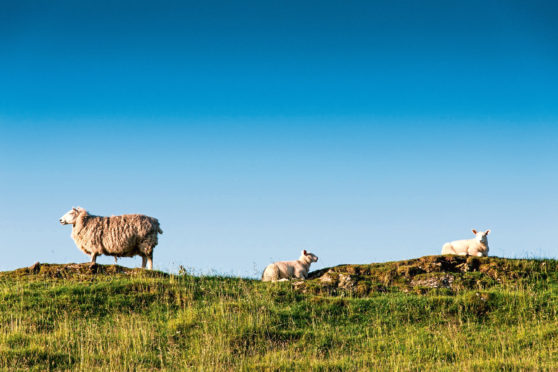Though best avoided, there have always been disputes in agriculture, and the Scottish farming sector has relied on a number of methods to settle them.
The Scottish Land Court, an expert agricultural court, was constituted in 1912 and originally dealt with crofting and small landholder matters. Most farm landlord/tenant disputes in the last century were referred to arbitration, often farmer arbiters with minimal qualifications other than decades of practical experience.
However, by 2000 it was clear the arbitration system was not working well for landlord/tenant disputes. Though their decisions were sometimes quickly and cheaply settled, the arbiters were not lawyers and frequently their decisions were taken on appeal to the Land Court on points of law, adding delays and expense.
The Scottish Law Commission recommended the Land Court be given jurisdiction over landlord and tenant matters, which became law with the Agricultural Holdings (Scotland) Act 2003.
The Law Commission outlined three guiding principles: there should be a better quality of justice; disputes should be resolved without delay; and disputes should be conducted as economically as possible with the minimum of expense. The Land Court, with its expertise, could apply its knowledge and cut costs.
Two decades later, have these reforms been effective?
Land Court fees are not expensive but disputes in the court have become a spending race to employ the best solicitors and advocates, which benefits the party with the deepest pockets.
A dispute over a farm rent which 60 years ago would have been resolved by an arbiter at a cost of less than a farm labourer’s monthly wage may now cost upwards of £100,000 in professional fees. The problem is worsened by the Land Court’s power to award expenses against the unsuccessful party, which means many well-merited cases are too expensive to take to court.
The Land Court is now the forum for appeals against the decisions of Scottish ministers relating to farm subsidy schemes and other regulations, so a trip to the Land Court is a prospect all farmers now face. As we all know, in any court case against ministers, the government is the party with the deepest pockets.
This problem is recognised in a Scottish Government consultation on the future of the Land Court, where, among other issues, the Land Court’s power to award expenses in appeals against Scottish ministers is up for debate.
The options of abolishing the court’s power to award expenses, or putting a cap on expenses awarded so parties could know their maximum financial exposure, would be welcome solutions to removing a barrier to justice which the farming sector should support.
- Christopher Nicholson is Scottish Tenant Farmers Association chairman
